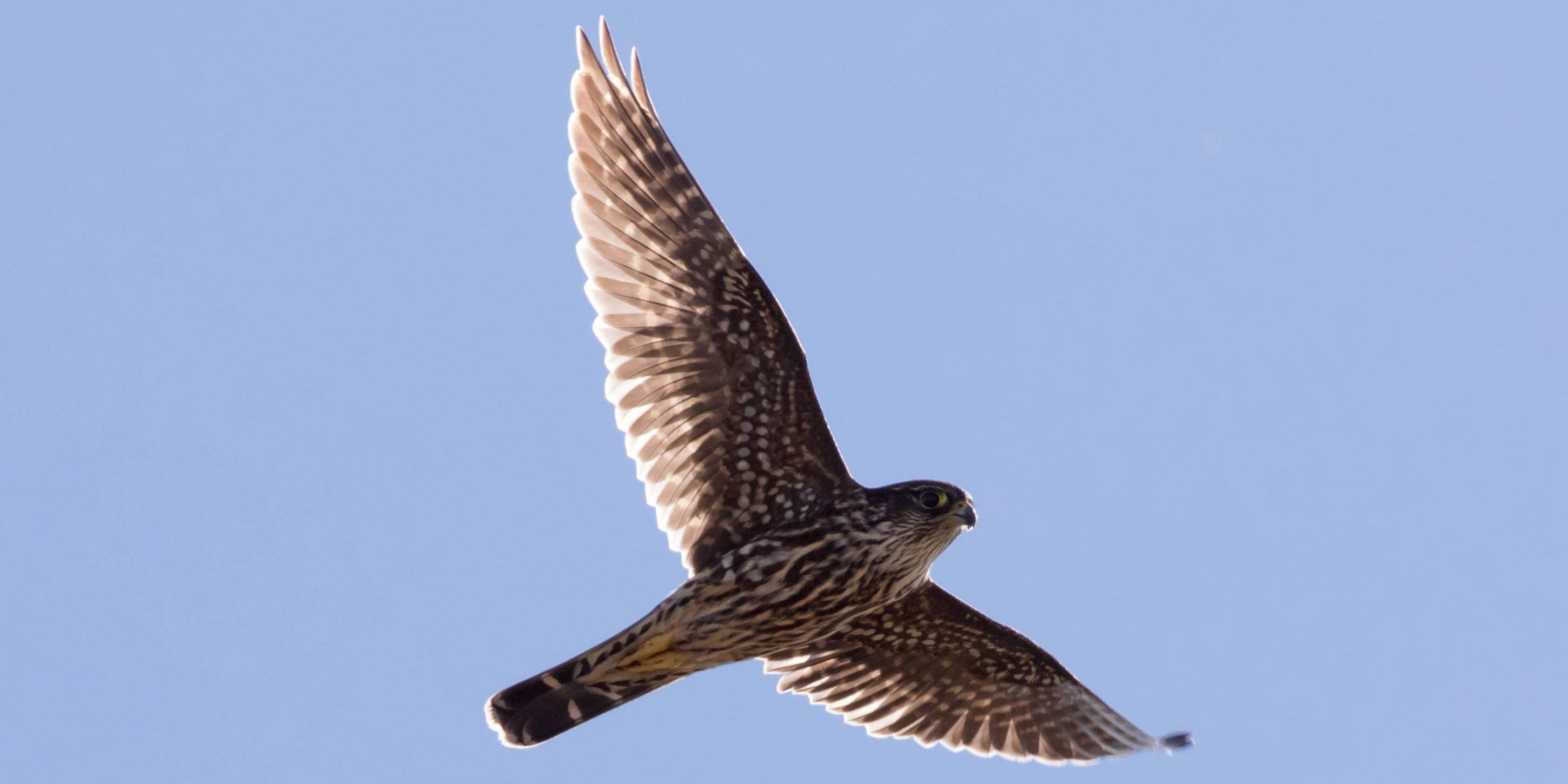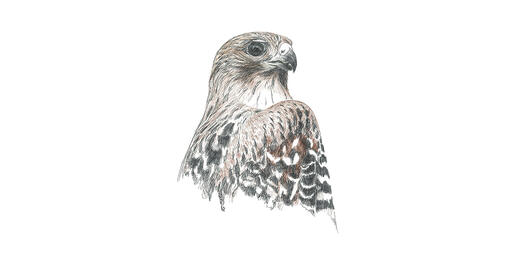

Messy eaters: Swabbing prey DNA from the exterior of inconspicuous predators when foraging cannot be observed
The following story highlights a raptor research project that tells us something new about the incredible birds of prey we monitor at the Golden Gate Raptor Observatory (GGRO). Thank you to our GGRO volunteers for preparing this summary. Read more raptor science stories here >>
Authors: Ryan P. Bourbour, Breanna L. Martinico, Megan M. Crane, Angus C. Hull, Elisha Hull
Year: 2019
Journal: Ecology and Evolution
Every fall, thousands of raptors migrate south along the Pacific Flyway on journeys that can stretch for thousands of kilometers and may take weeks to complete. Raptors such as accipiters and falcons use powered flight during migration and therefore they must continuously hunt to meet their high energetic demands. But what do raptors eat during migration? Studying raptor diet is notoriously difficult and traditional methods usually involve extensive field observations or cameras placed at nest sites.
To answer this question, GGRO volunteers and UC Davis researchers Ryan Bourbour and Elisha Hull devised a brand-new method to document the diet of migratory raptors. Along with their colleagues, Bourbour and Hull developed and validated a minimally invasive technique to collect diet information by sampling molecular residues of prey remains from migrant raptors. After a raptor consumes a meal, there is often blood or feathers from its prey left over on their beak and talons. These feathers or blood residues contain DNA that can help identify the prey species that the raptor consumed. The researchers enlisted GGRO volunteer banders to swab the beaks and talons of migrating raptors with nylon bristle swabs to collect these remnant traces of prey DNA, a sampling method affectionately known as the “raptor spa treatment”.
The researchers focused on their initial study on Sharp-shinned Hawks and Merlins. These two raptors differ in their migratory strategies, but they both primarily prey on songbirds. Using an open-access DNA barcode database, the authors were able to identify and match traces of DNA to specific songbird species. They processed samples from over 225 individual raptors and received positive prey species identifications back from 75% of the raptors swabbed, validating this technique and providing a lot of novel diet data.
Now that the researchers have proved this technique is effective, many questions remain to be answered such as: What are the common prey species of different raptors during migration? Are there patterns or trends of prey selection over time? And do raptors time their migration to track the migration of songbirds? By comparing fall raptor diet to local songbird migration data, the researchers hope to answer these questions next.
Golden Gate Raptor Observatory
How far does a Broad-winged Hawk fly? What's on a Merlin's migration menu? See what we're learning about birds of prey.
